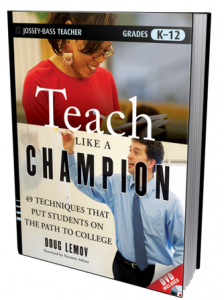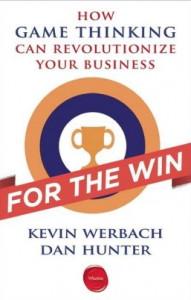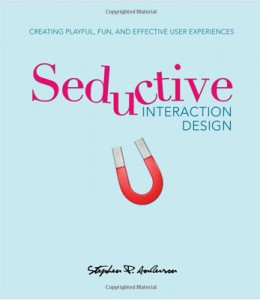Hey! EFL teachers in Japan! No disrespect, but you probably need this book. If you are a native speaker EFL teacher in a country where there is more interest than accomplishment in learning English, you probably need this book. You might be one of the few educated, trained, and disciplined among us, but chances are, you are not. More likely, you belong to the majority– by and large and by most accounts, a ragtag bunch of misfits. Most of us fell into this profession and were not trained as teachers exactly; I mean, not in the sense of teachers who went to teachers college, studied theory and techniques, did practicums, and got jobs in school systems run by school boards, with standards, supervisors, paperwork, and training. Many of us were waiters, travelers, English majors, or other such mostly unemployables who began teaching EFL and then learned how to do it in a combination of certificate courses, graduate courses, conferences, and keeping our eyes open on the job. Or you may be a Japanese teacher of English as a foreign language, teaching in senior or junior high school after gaining a license that required only a few extra undergraduate courses, completion of a two or three-week placement at your old school, and passing the tests for the prefecture you are now employed by. You know your basic grammar, have a fairly good vocabulary, and are pretty confident that with a little prep time can explain anything between the covers of a textbook. But you have gaps in your knowledge of English usage and classroom management almost as impressive as the unwarranted overconfidence your native English-speaking colleagues bring with them into your school, so full or self-righteousness and irresponsibility. Both you groups of teachers would benefit from this book because not only were you never trained specifically for classroom and learning management, a lot has been learned about teaching and managing classes since you were at school. There is now a good mass of knowledge and techniques that I bet you never took a course in and most likely are unaware of.
This book is not aimed at EFL teachers, not even a little. But it will tell you, and show you, how to do things with your students that will get them to pay more attention, learn more deeply, and make the most of the time you are now probably doing a good job of frittering largely away. This book by itself will not solve your problems, and you’ll likely find it pushes more regimentation and rigor than either you or your students need, but man ‘o man there is a lot to be learned here. 49 techniques, roughly half of which you can adapt very nicely for an EFL classroom, are presented by Mr. Lemov. He gleaned them from observing teachers who were getting better-than-expected results in schools whose demographics made those results look almost miraculous. These are techniques that took chunks of a doomed demographic and put them on the Path to College. Some of them are techniques you might indeed be using. But I have managed enough native-English speaking teachers and observed enough Japanese teachers of English in high schools that I can say with quite a bit of certainty, you (and your students!) will benefit from this book. Mr. Lemov provides us with clear explanations, warnings against pitfalls, and short illustrative video clips to make the points easy to understand. Putting them to use will be more difficult, but not impossible, as most of the techniques require only slight adjustments in timing or language. But it is those small changes that can make a huge difference. Techniques such as Cold Calling (picking the student after you have asked the question), Pepper (asking a rapid sequence of questions as review), and concepts such as Ratio (getting students to do more of the thinking) and At Bats (maximizing practice opportunities) can transform the one-way slog of some English classes or the whimsical frivolity of others into real learning environments.
The book has a website. Go there first and look around. http://teachlikeachampion.com/ Learn a little about Uncommon Schools or Mr. Lemov himself and what he does. Watch some of the videos and see the control and confidence and learning on display. I am quite certain you will begin to see where you may be falling short now. These are schools and teachers who refused to let demographics get in the way of success, who challenge their learners to perform at a higher level, and demand their attention and effort. If you don’t know how to get to that point with your learners, then you probably need this book. It is not a panacea, however, and you will still need to adapt the ideas to fit your subject and classes. In general, the techniques are very cognitive and very behaviorist and so Japanese teachers of English will likely find them more immediately appealing as they will mesh more nicely with current practices. Teachers would do well to not forget the affective and emotional when planning lessons, something Mr. Lemov spends too little time on (from a language teacher’s perspective). But this book can give you a lot of help learning and improving techniques you probably were never exposed to in your education and your own training. It can help you make whatever you are doing more efficient and more effective.







